Updated 12 April 2024
No family has had a greater influence on the history of Florence than the Medici. If you are planning a trip to Florence, this is one name you will be sure to come across time and again! The Medici were already a clan to be reckoned with in the 14th century, but really rose to prominence when Giovanni di Bicci founded the Medici bank in 1397.
It wasn't long before the Medici were handling money for the Pope in Rome and some of the most powerful princes in Europe. With Giovanni's son Cosimo, the now eye-wateringly wealthy family branched into the worlds of politics and art, and the dynasty's position at the very forefront of Renaissance Florence was assured.
Today, over 500 years later, the spectacular first city of the Renaissance still bears the indelible stamp of the Medici everywhere. This week on our blog I wanted to take you on a virtual stroll through the streets of Florence as it was when the family ruled the roost - a rich tapestry of palaces and churches where the memories of fabulously wealthy merchants and ambitious princes still echo down through the ages.
Next time you come to Italy make sure to follow in the footsteps of the Medici by following our self-guided Florence itinerary - or better yet book a tour of Florence and join me in person to see the city through the practiced eyes of an art historian!
But before we get on our way, we need to set the scene - with a murder.
The Pazzi Conspiracy

On the 26th April 1478, the peaceful air of a Spring morning in Florence was violently rent asunder by the culmination of an audacious plot hatched against the powerful Medici family by their arch-rivals.
The Medici had made no shortage of enemies in high places during their inexorable rise to power in the 15th century, and it was members of three other powerful clans that spearheaded the brutal attack against Lorenzo the Magnificent in the Florentine Cathedral of Santa Maria del Fiore - Girolamo Riario, Francesco Salviati and Francesco de' Pazzi.
The assassins struck just as the priest was intoning Mass from the Duomo’s high altar. The murder plot involved even the pope himself, desperate to safeguard Papal power against the dangerously influential Medici.
Lorenzo’s brother Giuliano succumbed to his wounds, fatally stabbed by the merchant Bernardo Bandini Baroncelli, but Il Magnfico survived, and the so-called Pazzi conspiracy was doomed to failure.
The brutally swift reprisals and summary executions that followed the failed conspiracy firmly established the Medici at the pinnacle of Florentine society. Sandro Botticelli was commissioned to paint images of the conspirators hanging upside down from the facade of the Palazzo Vecchio (which we'll get to later) a vivid visualisation of Medici hegemony over the city.
The Duomo

Our exploration of the Florence of the Medici begins in Florence’s magnificent Duomo, site of the attempted coup and the centrepiece of Florentine social and religious life for centuries. The extraordinary cathedral that we see today is the brainchild of Filippo Brunelleschi, who solved the thorny problem of how to successfully dome the massive church built by Arnolfo di Cambio a century earlier - aided with funding from the Medici.
A site of Christian worship existed here long before Brunelleschi's epoch-defining intervention, however. Descend beneath the floor of the Duomo and you'll be able to explore the remains of the Early-Christian church of Santa Reparata, constructed according to legend in the early 5th century to commemorate a Florentine victory over the Gothic hordes of Radagaisus on the feast day of the eponymous saint.
Fast forward to the 1430s, and the finishing touches are being applied to Brunelleschi’s awe-inspiring dome crowning the new Cathedral. The dome's incredibly innovative double-shell skeleton was a unique departure in architecture, and resolved the technical problem of covering such a vast space that had seemed heretofore impossible.
Take a peek inside the yawning cathedral to gaze on beautiful artworks like Giorgio Vasari’s massive Last Judgement and Paolo Uccello’s painted monument to English condottiero (mercenary soldier) John Hawkwood, commissioned by the grateful Medici in 1436 to honour services rendered to the city state.
The Baptistery
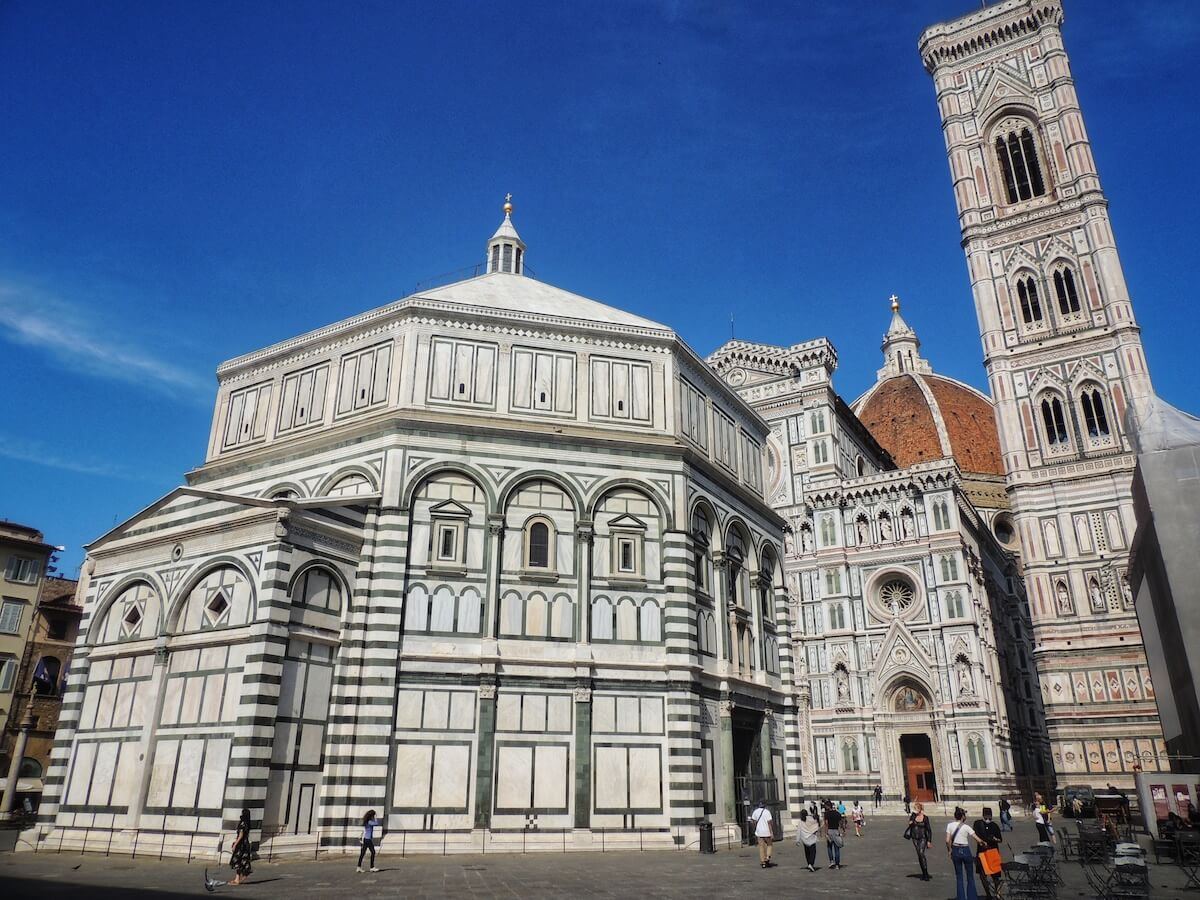
The Duomo isn’t the only landmark worthy of our attention in Florence’s main piazza. Apart from the beautiful campanile designed by Giotto to one side, the nearby Baptistery is home to some of the city’s greatest artistic achievements.
Dedicated to Florence’s patron saint John the Baptist, the stunning octagonal edifice is one of the oldest buildings in the city. In 1401, a competition sponsored by the Merchant's guild to commission a new set of doors for building's northern entrance attracted the cream of the city's artistic talent.
Lorenzo Ghiberti prevailed, and gifted to the world the incomparable ‘Gates of Paradise,’ amongst the most perfect examples of Renaissance sculpture ever produced. No less impressive are the glittering golden mosaics that adorn the Baptistery's ceiling.
It was in these incredible surrounds that the great and good of Florence were baptised so welcomed into the civic and spiritual fold of the city. Dante reflected the feelings of his contemporaries when he wrote lovingly of hiw own baptism in 'mio bel San Giovanni' - my beautiful San Giovanni. The latest additions to the Medici dynasty were all baptisted here too, accompanied by grand celebrations.
Orsanmichele
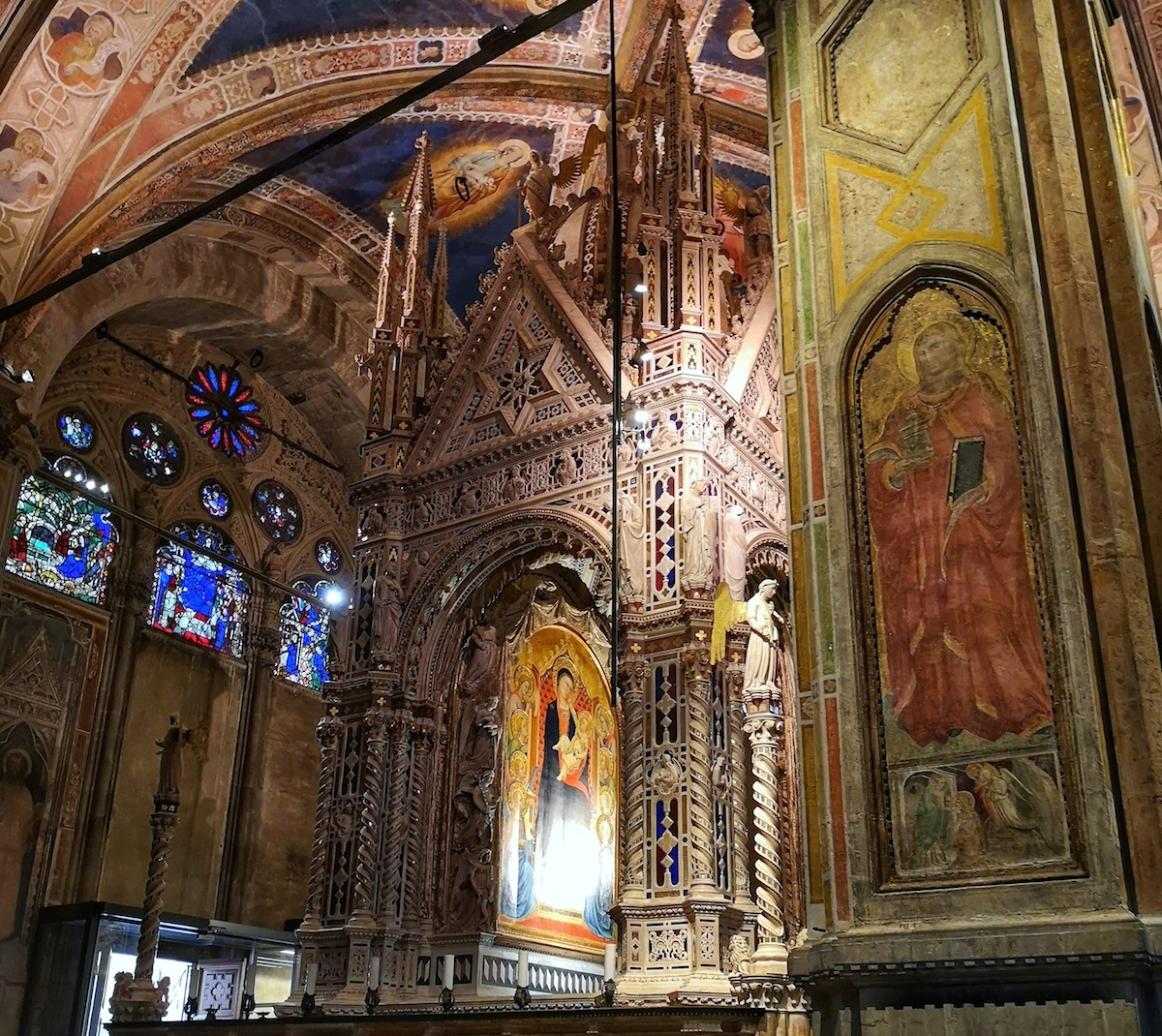
The powerful mercantile past of Florence is today a distant memory, but to really understand the rise of the city to its position as Italy’s pre-eminent Renaissance city, we have to delve into the story of its guilds.
The guilds were wealthy interest groups who jealously guarded the interests of their members, and they were often keen to promote their self-image in Florence by commissioning lavish artistic projects across the city.
The remarkable decorations of Orsanmichele (originally a grain store subsequently adapted for religious functions) in the centre of the city were financed by the city’s major guilds, each striving to outdo the others in their commissioning of the statues adorning its facade.
Artists of the calibre of Lorenzo Ghiberti and Donatello were called in to provide works. The latter produced his iconic St. George for the project, whilst Ghiberti cast a beautiful bronze statue of Saint Matthew paid for by the Banker's Guild, headed up by Cosimo de Medici himself.
Inside, Andrea Orcagna’s lavishly ornamented and architecturally complex tabernacle is breathtaking. Almost like a church in miniature the tabernacle houses a painting of the Madonna and Child by Bernardo Daddi and is possibly the most important Gothic sculpture group in all of Florence.
Palazzo Davanzati

This burgeoning merchant class also built grand new residences to show off their wealth, residences such as Palazzo Davanzati. An imposing medieval tower converted into a spacious Renaissance townhouse unfolding around a beautiful central courtyard, the palace was purchased by the Davanzati in 1578 and transformed into a museum in the opening years of the 20th century.
The palace offers a fascinating insight into the domestic world of the Italian aristocracy in the Renaissance, its magnificent frescoed rooms transporting you straight back to the intrigues of the 15th-century city.
Built by the Davizzi family, wealthy wool merchants who rapidly rose into the upper echelons of Florentine society in the 14th century, amongst its many highlights the palace's master bedroom stands out - the fascinating fresco cycle adorning its walls depicts a torrid love triangle between a medieval knight, his beloved and the wickedly lustful Duchess of Burgundy, perfectly reflecting the learned courtly concerns of the Florentine elite during the Renaissance.
Palazzo Medici-Ricardi
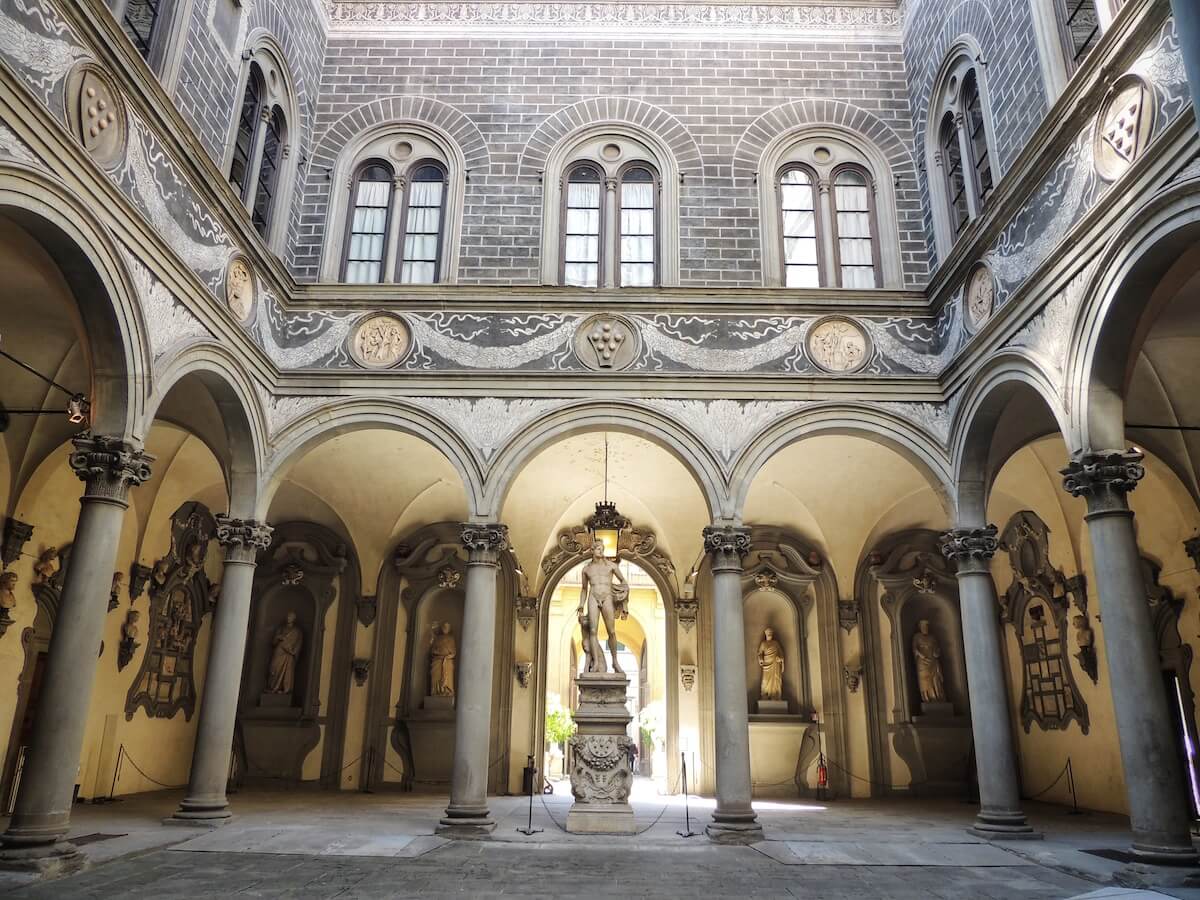
No trip to Florence would be complete without a visit to the home base of the first family of the Florentine Renaissance, the Palazzo Medici. Located in the heart of downtown Florence, from the outside this imposing edifice is equal parts palace and fortress: but step into the cool of its cortile and you'll soon find yourself in one of the city's most harmonious spaces.
One of the city's finest expressions of 15th century architecture, the palace was designed for Florence's most famous family by the architect Michelozzo. Whereas the palace's exterior presents a forbidding and fortified face to the populace, the space within is a fabulous arrangement of elegant arches supported by Corinthian columns, with a wealth of classical details showcasing the Renaissance enthusiasm for reviving the forms of antiquity.
The focal point of the courtyard makes the classicising aspirations of the commissioning Medici clear: Baccio Bandinelli's sculpture of the mythological hero Orpheus pacifying the three-headed dog Cerberus who guards the underworld with the strains of his lyre, in his quest to find his beloved Eurydice.
For the self-aggrandising Medici, Orpheus' extraordinary ability to pacify the fearsome beast matched their own ability to quell the warring factions of the great city state.
Make the climb up to the palace's piano nobile to encounter one of the great unsung masterpieces of Renaissance painting: Benozzo Gozzoli's Chapel of the Magi, where magnificent frescoes ostensibly depicting the biblical tale of the Adoration of the Magi in reality portrays the pomp and ceremony of the 15th century Medici court in all its glory.
Piazza della Signoria and Palazzo Vecchio
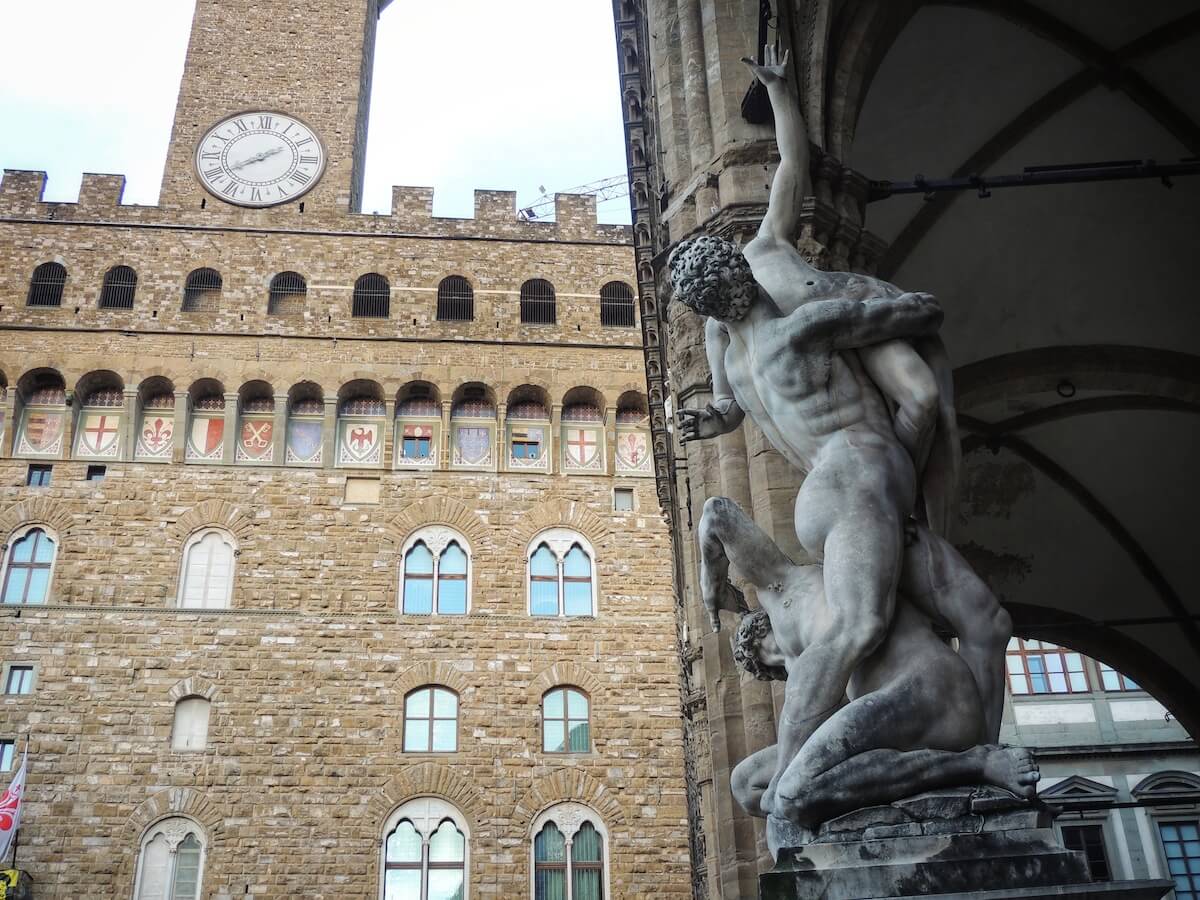
Spectacular as the Palazzo Medici is, for the unshakeably ambitious Medici it ultimately proved an insufficient symbol of their power. In 1540 Cosimo 1 decided to move the family’s main residence to the Palazzo Vecchio in Piazza della Signoria.
During the years of the Republic this square was the greatest symbol of the city's democratic political ideals. It oversaw some of Florence's greatest controversies, such as the execution of the apocalyptic preacher Savonarola in 1498 and the erection of Michelangelo’s iconic David a few years later.
The imposing 13th century Palazzo Vecchio itself was traditionally the seat of the city's magistrates, and boasts a 94 metre high tower visible all across the city as well as a stunning entrance courtyard.
These days the Palazzo is home to one of Florence’s finest museums, where you can admire statues by Michelangelo as well as enormous frescoes by Vasari commemorating the triumphs of Florence and the achievements of the Medici in the Salone dei Cinquecento.
The Uffizi
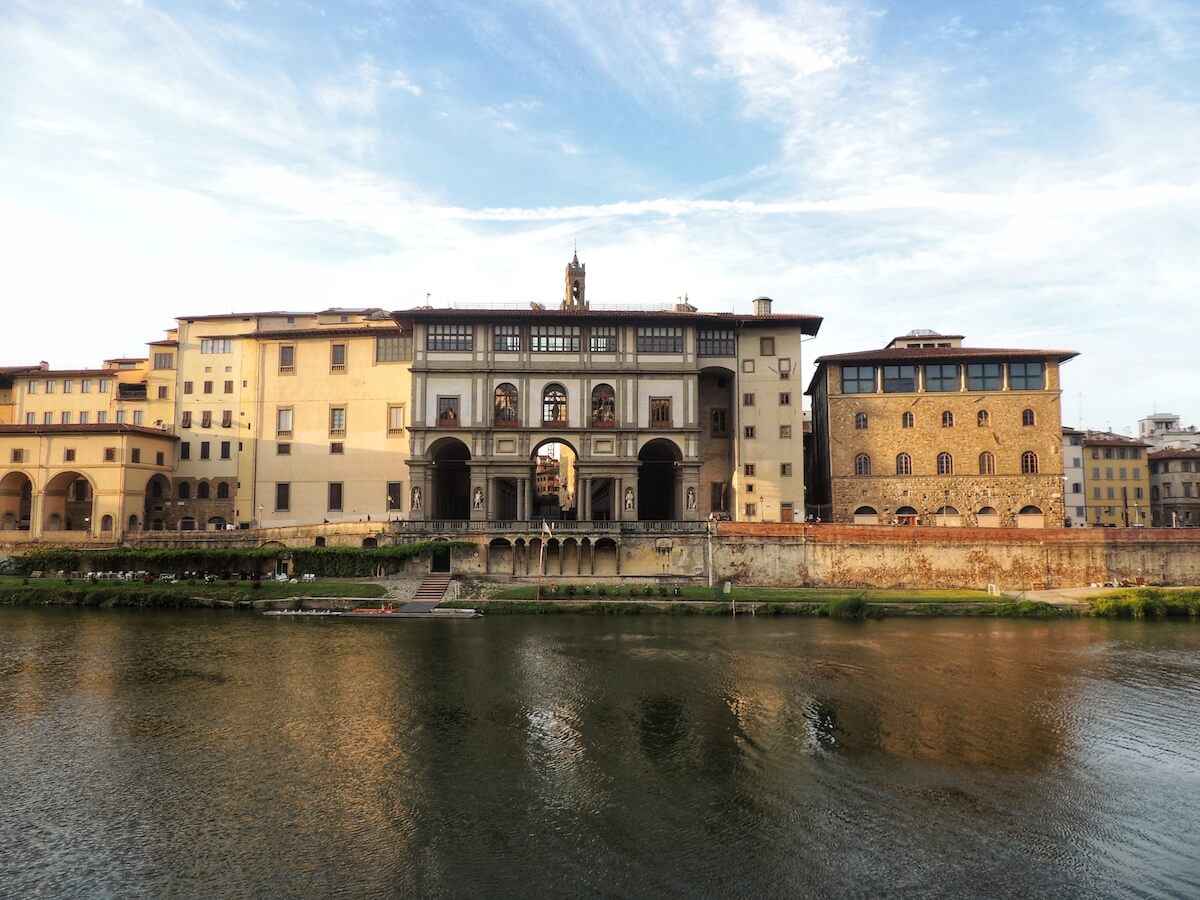
It is also to the Medici that we owe the Uffizi gallery, the world's greatest museum of Renaissance art. Originally built to house the magistrates after their eviction from Palazzo Vecchio, the Uffizi soon became a showcase for the family's fantastic art collection instead.
Here you can trace the fascinating story of Renaissance art through the forms of some of its finest masterpieces, from the pioneering works of Giotto and Masaccio to the superlative mythological canvasses of Sandro Botticelli.
Taking a tour of the Uffizi Gallery is a great way to learn about the humanist philosophies that dominated the intellectual climate of the Medici court, and which animated the works of the three greatest geniuses of the High Renaissance - Leonardo, Raphael and Michelangelo. all of whom feature in the collection.
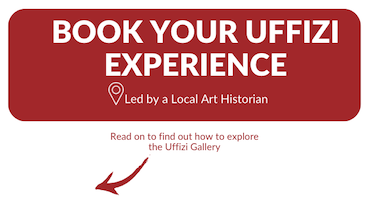 Find out all you need to know about visiting the Uffizi Gallery in Florence with our online guide.
Find out all you need to know about visiting the Uffizi Gallery in Florence with our online guide.
Ponte Vecchio
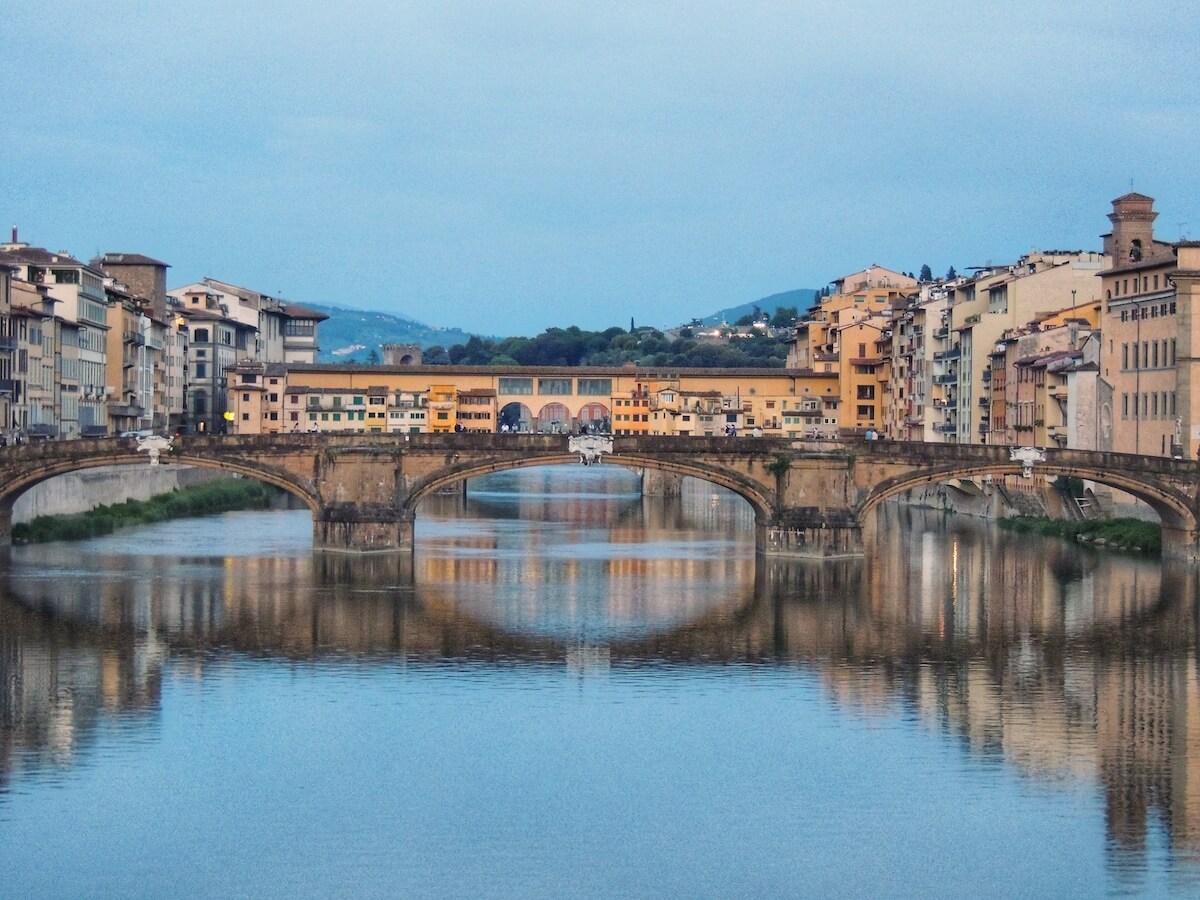
Our journey to discover the Florence of the Medici concludes on the picturesque Ponte Vecchio, where Florence's mercantile and aristocratic pasts collide. For hundreds of years fish-sellers, butchers, and leather artisans plied their trade along its length. But the Medici made their mark here, too.
Crossing the Arno right in the heart of Florence, the Ponte Vecchio was located very close to some of the most important buildings of both state and Florentine aristocracy in the Renaissance. The bridge linked the principal Medici residence of the Palazzo Pitti to the government offices in the Uffizi and Palazzo Vecchio.
The foul smells created by the plebeian trades operating along the bridge eventually became too much to bear for the Medici Grand Duke Ferdinando I, who expelled the butchers and tanners in the 1590s. Seeking to elevate the tone of the Ponte Vecchio, the Grand Duke invited goldsmiths and jewellers to set up shop in the now vacant premises, and at a stroke the whole character of the bridge was transformed.
It’s remained more or less like that to this day: the goldsmiths and jewellery shops are still here, 48 of them to be exact, selling their finery to the great and the good of the city as well as visitors from around the world.
For more on the stunning Ponte Vecchio, check out our guide to 7 things you need to know about the Ponte Vecchio in Florence.
Through Eternity offers a range of Florence group tours and private tours of Florence, so if you’d like to visit any of the sites featured in our blog in the company of an expert capable of bringing the city to life, make sure to check out our website and get in touch with us today!
MORE GREAT CONTENT FROM THE BLOG:
- How to Visit the Accademia Gallery
- Is a Tour of the Accademia Worth it?
- The Best Museums in Florence
- What to See in the Uffizi Gallery
- 7 Churches in Florence You Need to Visit
- Donatello's Penitent Magdalene in Florence

